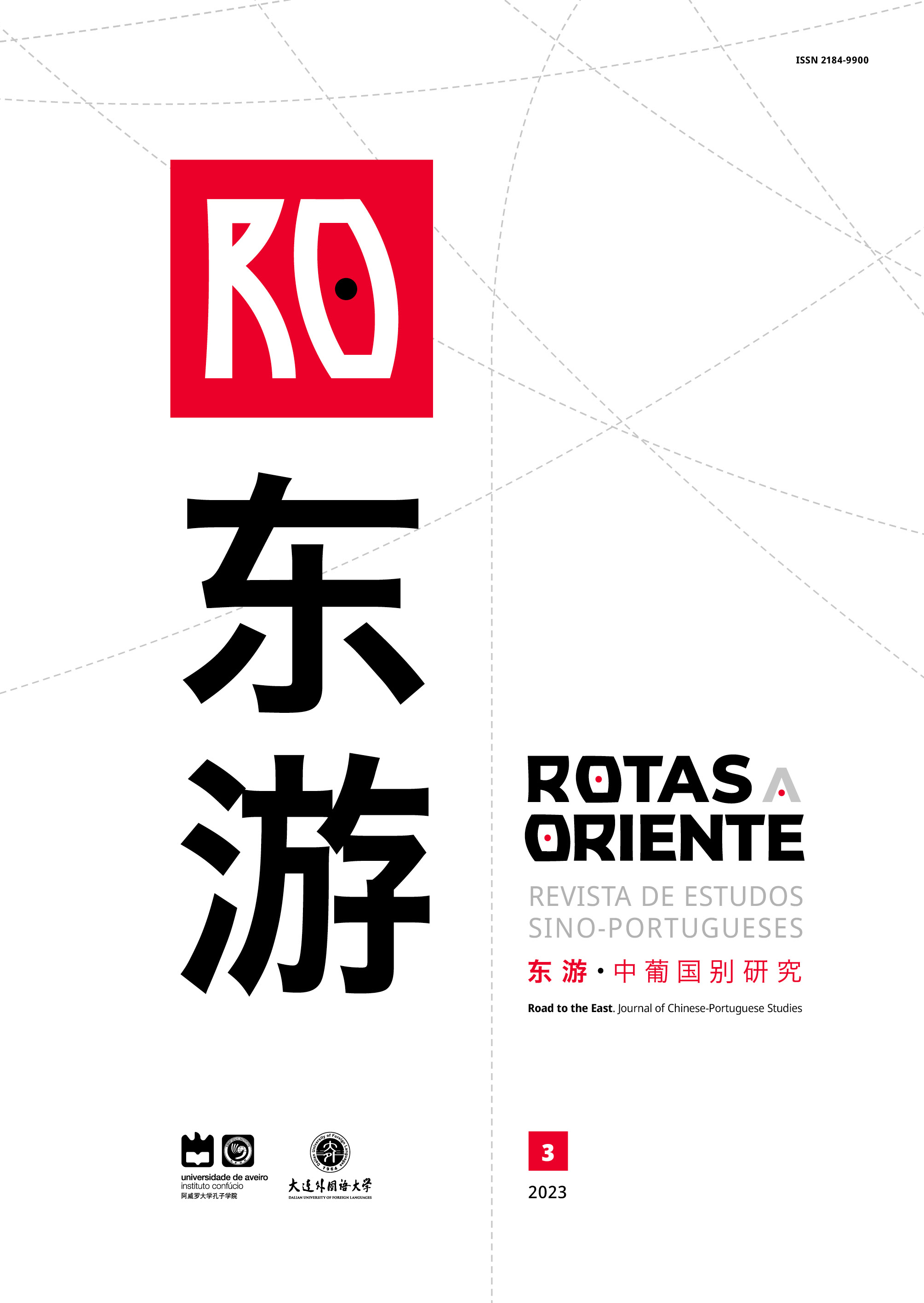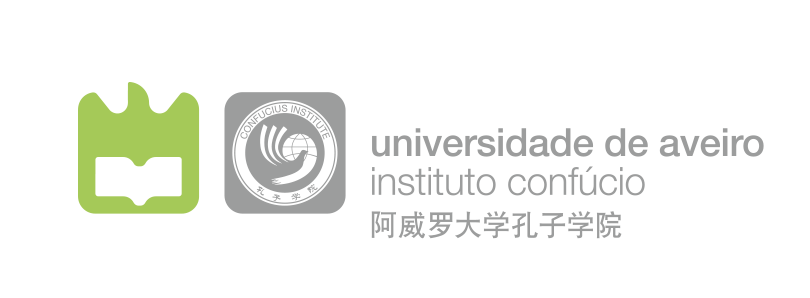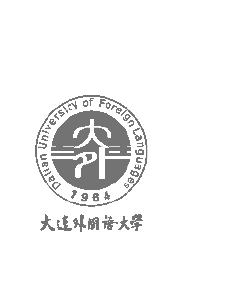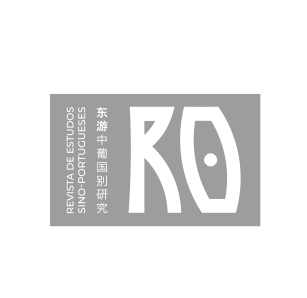A língua chinesa como ferramenta de comunicação intercultural e negocial
Resumo
No dia 20 de abril comemora-se o Dia Internacional da Língua Chinesa. Um pouco por todo o Mundo, até pela dimensão da diáspora chinesa, multiplicam-se as comemorações de um idioma com cerca de 1400 milhões de falantes nativos. Este trabalho pretende refletir sobre aspetos relacionados com a língua chinesa, nomeadamente a sua importância num contexto de mundo globalizado, como cenário de mescla de culturas e de modos de comunicação. Que importância assume a língua chinesa no processo de globalização? Procurar-se-á dar resposta a esta questão analisando-a à luz da esfera política, através do conceito de “people-to-people-dialogue” e da iniciativa “Uma Faixa, Uma Rota”.
Referências
Auroux, S. (2014). A revolução tecnológica da gramatização. Campinas: Ed. da Unicamp.
Bell, D. (2010). China’s New Confucianism: Politics and Everyday Life in a Changing Society. Journal of Chinese Political Science, 15(3). DOI: 10.1007/s11366-010-9104-4
Binyong, Y., & Felley, M. (1990). Chinese Romanization, Pronunciation and Orthography. Beijing: Sinolingua.
Chiavenato, I. (2004). Comportamento Organizacional: A dinâmica do sucesso das organizações. São Paulo: Pioneira Thomson Learning.
Ethnologue (2016). Disponível em: https://www.ethnologue.com/language/csl
European Commission. (2019). EU-China Summit Joint statement. Disponível em: https://www.eeas.europa.eu/node/60836_en
Foucault, M. (2000). As Palavras e as Coisas: uma arqueologia das ciências humanas. São Paulo: Martins Fontes.
Gao, Y. (2020). How the Belt and Road Initiative Informs Language Planning Policies in China and among the Countries along the Road. Sustainability, 12(14), 5506. https://doi.org/10.3390/su12145506
Gauttam, p. , Singh, B., & Chattu, V. (2021). Higher Education as a Bridge between China and Nepal: Mapping Education as Soft Power in Chinese Foreign Policy. Societies, 11, 81.
Guo, Y. et al. (2022). Internationalization of Chinese Higher Education: Is It Westernization?. Journal of Studies in International Education, 26(4), 436–453.
Huang, L. (2019). Development of Foreign Language Education in China under the Belt and Road Initiative. Journal of Language and Education, 5(4).
Jacques, M. (2009). When China Rules the World: the End of a Western World and the Birth of a New Global Order. New York: Penguin Books.
Jakobson R. (1960). Linguistics and Poetics. In T. Sebeok (Ed.), Style in Language (pp. 350–377). Cambridge. MA: M.I.T. Press.
Júnior, C. (1998). Funções da Linguagem. Uma Reavaliação das Idéias de Roman Jakobson. Revista de Educação, Cultura e Meio Ambiente, 13(2).
Nye, J.S. (2005). The Rise of China’s Soft Power. Wall Street Journal.
Rodrigues, R. (2008). Saussure e a definição da língua como objeto de estudos. ReVEL. Edição especial, 2.
Saussure, F. (1916). Course in General Linguistics. London: Duckworth.
Silveira, A. C., Leviski, C. E., & Camozatto, N. M. (2016). “Língua chinesa”: um estudo político-linguístico sobre sua presença no mundo. ReVEL, 14(26), 162-188.
Terciotti, S., & Macarenco, I. (2009). Comunicação empresarial na prática. São Paulo: Saraiva.
Wang, S. (2006). Lições de Chinês para Portugueses (Vol. 1). Lisboa: CCCM-I.P.
Wang, Z. (2014). The Chinese Dream: Concept and Context. Journal of Chinese Political Science, 19, 1-13.
Wang, H.; Hu, x. (2017). China’s “Going-Out” Strategy and Corporate Social Responsibility: Preliminary Evidence of a “Boomerang Effect”. Journal of Contemporary China, 26(108), 820-833. DOI: 10.1080/10670564.2017.1337301
Yum, J. O. (1988). The Impact of Confucianism on Interpersonal Relationships and Communication Patterns in East Asia. Communication Monographs, 55, 374-388. https://doi.org/10.1080/03637758809376178
Zhou W., Esteban M. (2018). Beyond balancing: China’s approach towards the Belt and Road Initiative. Journal of Contemporary China, 27(112), 487–501.
Direitos de Autor (c) 2023 Anabela Rodrigues Santiago

Este trabalho está licenciado com uma Licença Creative Commons - Atribuição 4.0 Internacional.
Os direitos permanecem com os autores.
Licença Creative Commons: Atribuição 4.0 Internacional.








